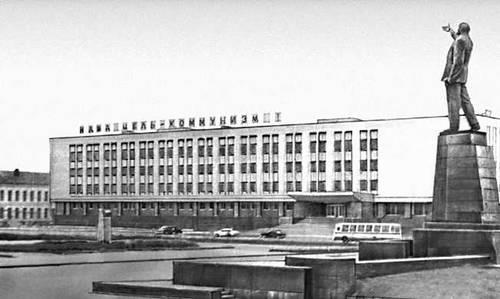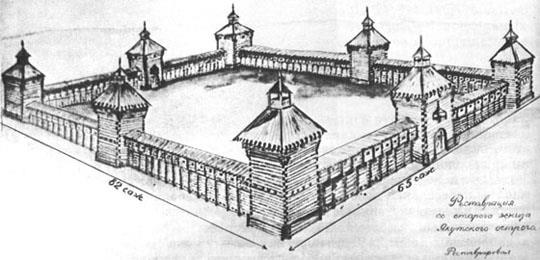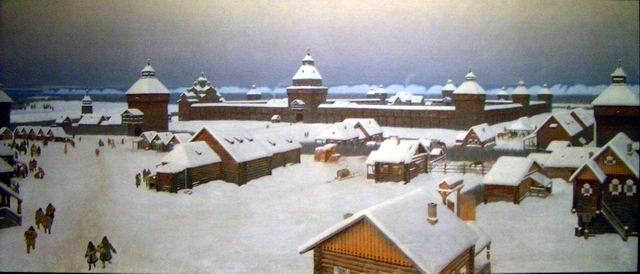Yakutsk was founded as the fort in 1632 by Pyotr Beketev, the leader of the Yenisei Cossacks. It was located on the right bank of the Lena River and officially called “Lensky Ostrog”. It was the first fortress on the territory of Yakutia. In 1642 the bank was flooded after the overflowing of Lena and the settlement needed some another place to be founded.
Nowadays The “Druzba” Lensky Historic-Architectural Museum and Reserve is situated on the original location of the future Yakutsk (for more detailed information about this museum, follow the link.
In 1643 “Lensky Ostrog” was moved to valley Tuymaada on the left bank of the Lena River. The fort became a town and was renamed as Yakutsk. The new settlement immediately took the rank of the economical center of the huge area.
In XVIII century the new areas in the North, East and South were included to the territory of Yakutia and expanded its borders. The city lost its military value and turned into the administrative and trade center.
Until the middle of the XIX century the administrative-territorial system of Yakutsk was often reorganized. Since 1708 it was the part of Siberian province, in 1764 it was included to Irkutsk province. In 1822 Yakutsk became the regional city with five districts. In 1851 the management of Yakutsk region was consigned to the civil governor. The population was increasing and in the end of the XIX century it reached 7000 people.
According to the statistics, in the beginning of the XX century there were 930 dwelling houses (including 79 yurts), 8 stone and 8 wooden Orthodox Churches and synagogue in Yakutsk. 16 educational institutions, regional watch committee with the regional museum, state printing-house and 2 libraries were opened. In 1913 The Division of Geographical Society of Russia was formed.
After the establishment of the soviet power in 1922 Yakutsk became the capital of the Yakut Autonomous Soviet Socialist Republic. Industry, science and culture began to develop in the city. In 1956 the Council of the Ministers of the USSR adopted the resolution to establish Yakutsk State University.

The building of the Council of Ministers of the Yakut Autonomous Soviet Socialist Republic on Lenin Square
Nowadays Yakutsk is the capital of The Sakha Repiblic (Yakutia) and the largest city in the North-East of Russia with the population about 270000 people (without suburbs). It holds the leading position in economical and social life of Yakutia. The basis of the industry consists of the construction material production, logging and wood working, currying, food industry, coal mining and electricity production.




